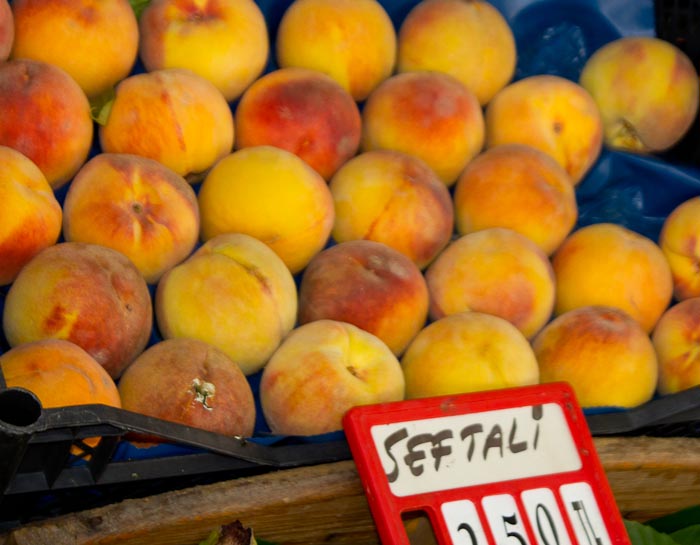Turkish Regional Cuisine

Turkish cuisine is widely renowned as amongst the richest and most varied on the planet and is in the top three in terms of the sheer diversity of natural ingredients and menus available. There’s a taste for every palate, created through a blend of Asian, European and Middle Eastern influences.
The core cuisine in Turkey has its origins in central Asia, the original homeland of the Turks, and as they moved westwards other regional cuisines were adopted, adapted and blended in to the increasingly varied mix. With cheap breaks in the city so readily available these days, try exploring the regional cuisines of Turkey for a culinary-oriented exploration of this ancient land bridge between Europe and Asia.
You’ll come across three main types of Turkish cooking today. Palace, or Turkish classic, cuisine was developed in Istanbul’s imperial palace during Ottoman times, as well as in the various chefs’ guilds and in noble homes. The more modern international cuisine is what you’ll get in tourist hotels and restaurants.
The much more common popular Turkish cuisine continues to thrive as it always did in Anatolian dishes that are rooted firmly in regional produce, so you have to travel around to experience it at its most authentic, as most of these dishes were never included in the classic repertoire.
There are seven geographic regions making up Anatolia – the Asian part of Turkey – and each has its own special dishes. The centre of Turkish cuisine is found in the Marmara region, in Istanbul. Edirne is known for cheese, Bursa to the west gave birth to the doner kebab, and many great chefs have come from nearby Dolu.
In the Aegean region there is a concentration on fish and seafood, and all the way down the coast to Izmir there are leafy vegetable dishes. The whole of Anatolian Turkey is rich in fruit and vegetables, reflected in the regional cuisines.
Ironically, fish are fewer in the Mediterranean region due to over-fishing, and the western stretch that adjoins the Aegean is far richer in produce, whilst to the east acılı kebab – meat that’s roasted with hot peppers – and bulgurlu köfte – meatballs with pounded wheat – are very popular. Adana kebab and şalgam suyu – turnip juice – are also pretty much ubiquitous here.
Roast meat dishes are seen at their artistic best in south-eastern Anatolia in towns like Gaziantep, where you can find the biggest range of meat dishes in the world. Baklava – a sweet pastry with various nutty fillings – is also done to perfection here.
Eastern Anatolia is colder and specialises in livestock farming and grain and cereal production, and is renowned for its ayran, cheese, honey and yoghurt. Keledos – beans, meat and vegetables – and kürt köftesi or meatballs from here are renowned across Turkey and beyond.
The Black Sea region specialises in fish dishes, especially with anchovies, and there are more than 50 different anchovy dishes on offer. Maize flour is also produced here and is used in sweet dishes like kaymak, whilst in the Rize district of the Black Sea region a famous high-quality tea is grown and distributed across the country.
In Central Anatolia the concentration is on fruit and vegetables, along with livestock rearing and cereal production. Konya, the former Seljuk capital before the Ottomans came along, has achieved distinction for its domestic cooking as well as for its food industry. In fact, the excellence and richness of Konya’s cooking, found in dishes such as etli ekmek or bread cooked with meat, and peynirli pide or flat leavened bread cooked with cheese, is constantly being praised to the rooftops.
To experience Turkish cuisine at its best and most authentic you really have to travel around, although if time is limited you can concentrate your culinary search on the cities of Istanbul, Gaziantep and Konya to try a representative selection of what’s on offer and whet your appetite for more, always so much more.
David Elliott is a freelance writer who loves to travel, especially in Europe and Turkey. He’s spent most of his adult life in a state of restless excitement but recently decided to settle in North London. He gets away whenever he can to immerse himself in foreign cultures and lap up the history of great cities.